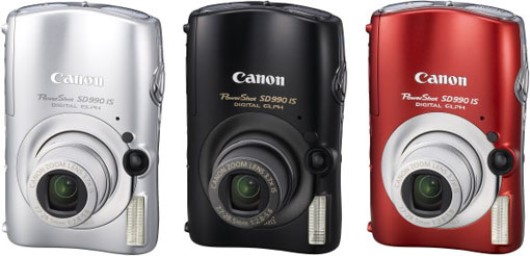For years, Canon has been regarded as one of the world’s best known and most respected manufacturers of cameras. But with an increasingly wide range to choose from, it can be difficult to know where to start if you are thinking of buying one. Choosing from the Canon camera range assures quality and the following tips may help you in deciding on the type of camera that is right for you.
Everything in One Place
The convenience of using a compact digital camera is one of its biggest selling points. With automatic functions to assist you in taking pictures, a compact camera is designed to allow you to simply point and shoot. Furthermore, the size of compact cameras generally means they are small enough to fit into a pocket, making them accessible at all times.
The Canon Digital IXUS, for example, is a particularly slim model, which makes it ideal for people who are travelling. A lightweight and waterproof option would be the 12-megapixel Canon PowerShot D10, which is perfect for holiday makers of all ages. It is worth noting that although many compact cameras sell themselves on ease of use, there are some that are designed for the more independent photographer. Canon’s PowerShot SX210 HS allows the user to experiment and control a range of functions, allowing for more autonomous picture taking.
The final specifications and choice will, of course, be dependent on personal needs and preferences, but a compact camera is often a sensible starting point for digital photography.
The Best of Both Worlds
Originally designed to provide the functionality of a traditional single-lens reflex camera with much of the convenience of a compact model, the bridge camera continues to be a popular choice. Most bridge cameras lie closer to the SLR in terms of features and usability, but Canon has worked hard to pioneer the compact bridge market too. The PowerShot G10 is a compact bridge camera that provides an ideal step up from the simplicity of point-and-shoot as provided by automatic models.
As Canon has revised and re-issued the model as the G11 and the G12, they have increased the number of features offered to include a rotating LCD screen and high-definition video capability. Canon has designed its bridge camera range to allow true adaptability of use and for the more adventurous photographers they are the perfect training before stepping up to the pinnacle of digital cameras, the DSLR.
A Photography Heavyweight
For many, the idea of investing in a digital single-lens-reflex camera never crosses their minds. They seem too professional and too complicated, but this is not necessarily the case. Yes, DSLRs are inevitably bulkier than their compact counterparts but this is made necessary by the increased range of features and higher technical specifications involved. With a more sensitive lens, these cameras are able to take professional-quality images in everyday situations and the high-specifications components allow for pictures to be taken incredibly quickly. Furthermore, the hundreds of lenses, flash choices and other options allow people to be in full control of their photography.
With a variety of features available, Canon cameras in the form of DSLRs come with various price tags. And as with all the company’s products, they are highly regarded by amateurs and professionals alike.

